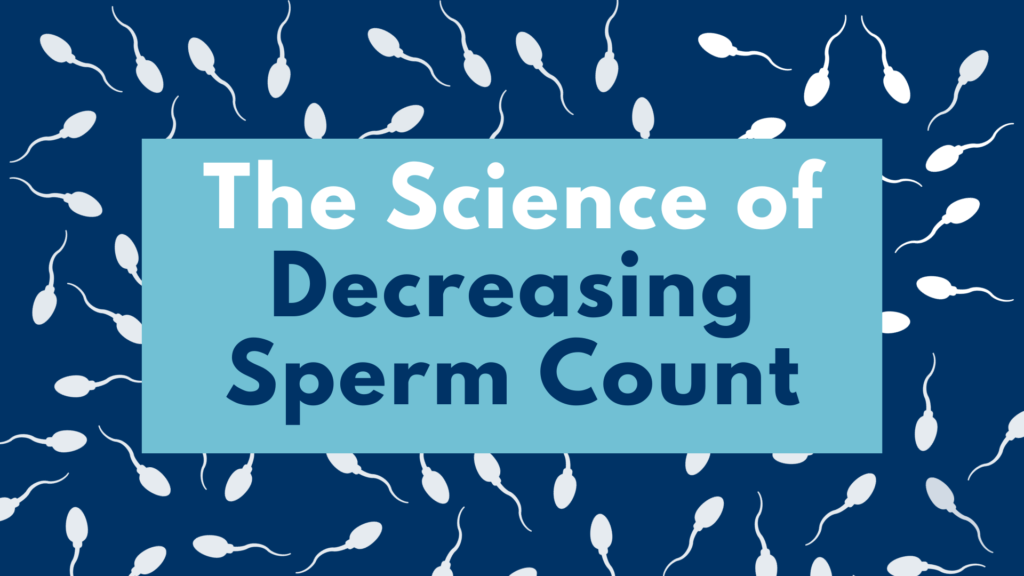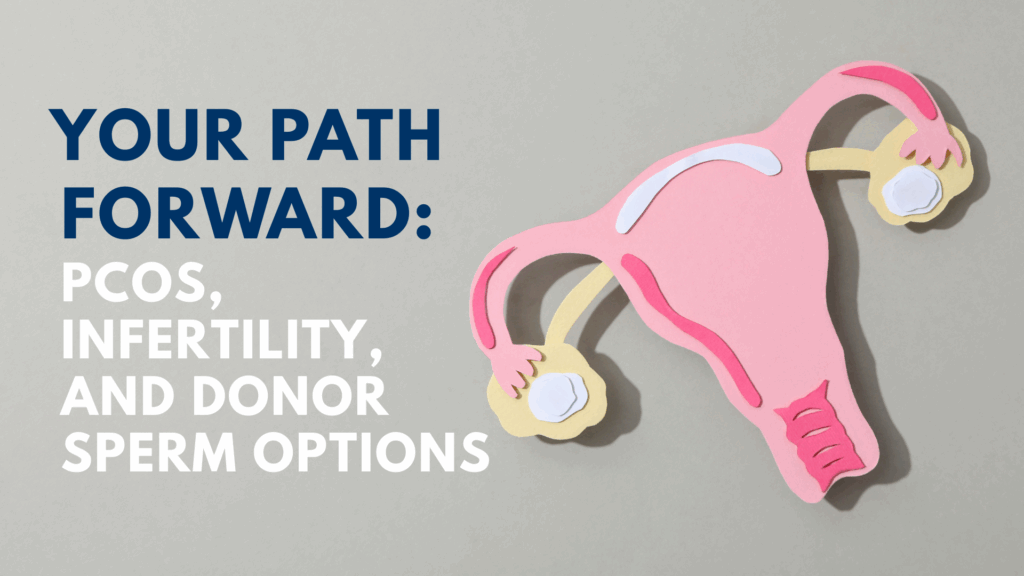The Science of Decreasing Sperm Count

Male fertility worldwide has been declining over the last 50 years. Multiple scientific studies have shown a decrease in sperm parameters across thousands of men. These decreased sperm parameters include total sperm count, sperm concentration, and total motile sperm. Researchers believe that higher rates of obesity and unhealthy diets are partly to blame for this global change, but these aren’t the only issues hurting male fertility.
Issues affecting sperm production, sperm transport, or both production and transport can cause low sperm counts and concentrations. Sometimes, men will have more than one issue that can affect sperm count.
Some of the most common causes of low sperm parameters include issues with overheating, reproductive organ structures, medications, and lifestyle factors. Fortunately, many men can improve sperm counts and quality with treatment and improvements in overall health.
Overheating
Optimal sperm production happens in the testicles at a temperature around 5°F (3°C) below average body temperature. If the testicles get too warm, sperm can’t grow normally. This is why testicles are located outside the body – to allow for a cooler environment to grow and transport sperm.
Exposing the testicles to higher-than-ideal temperatures can prevent the testicles from making normal amounts of healthy sperm. This can then lead to low sperm counts and decreased sperm quality. Environmental factors such as sauna or hot tub use can affect testicular temperature and sperm parameters.
Some men have low sperm counts due to a varicocele, which is a collection of enlarged veins inside one or both testicles. The large veins collect more blood than usual, which heats the surrounding testicle and can affect sperm production over time. Varicoceles may cause discomfort, but many men with varicoceles don’t even know they have one until a urologist or fertility doctor finds it. Varicoceles are repaired surgically, and improvements in sperm count can be seen 3-6 months after surgery.
Structural
Blockages or breaks in the tubing that transports sperm out of the testicles can cause a low sperm count in ejaculated semen. A man with a structural issue may make a normal amount of sperm in his testicles, but his body is not able to move that sperm effectively from point A (the testicles) to point B (ejaculate). A well-known example of this is a vasectomy, which involves cutting or blocking the vas deferens (a small tube that transports sperm from the testicle).
Other structural issues affecting sperm count include blockages or scarring in the epididymis, which are caused by infections, injuries, or abnormalities present at birth. Blockages can be partial (let some sperm through) or complete (let no sperm through).
Treatment of structural issues may include medications to treat infection or surgery to treat injuries or anomalies. In cases where ejaculated sperm quantity or quality is too low for fertility treatments, surgeons can remove sperm from the testicles for use in IVF. Sperm retrieval procedures include testicular sperm aspiration (TESA), percutaneous epididymal sperm aspiration (PESA), testicular sperm extraction (TESE), micro-epididymal sperm aspiration (MESA), and microdissection testicular sperm extraction (microTESE).
Medication
Certain medications can affect the body’s ability to produce sperm, leading to decreased sperm counts. Drugs that can impair sperm production include chemotherapies, steroids, certain antibiotics, and certain antidepressants. Hormone medications, including testosterone supplements, can also decrease sperm production.
Treatment of medication-related sperm issues depends on the type of medication, the length of the drug regimen, and whether the person can be switched to an effective alternative. An antibiotic, for example, may be used as a short-term treatment, and sperm parameters could return to normal after a period of time. Chemotherapy, on the other hand, may affect sperm parameters for the rest of the person’s life. In these cases where men know they will soon start medications that could affect their sperm, sperm banks and fertility clinics offer the option to store sperm samples before treatment starts for later use in family building.
Lifestyle Factors
Obesity, poor diet, and a sedentary lifestyle can contribute to low sperm count, concentration, and motility. As male fertility worldwide has declined, the rates of obesity have increased. Obesity causes high levels of inflammation within the body, which can damage sperm during and after production. The sperm may also be exposed to more oxidative stress, which can affect their quality and DNA.
Tobacco and marijuana use can also lead to decreased sperm parameters and damage to existing sperm. Tobacco use increases a person’s long-term oxidative stress, and the chemicals in tobacco products have been linked to reproductive hormone dysfunction.
Men with unhealthy lifestyle factors are often instructed to exercise, eat a healthy diet, lose weight, and stop smoking. With improvements in overall health and weight, sperm parameters can improve.







